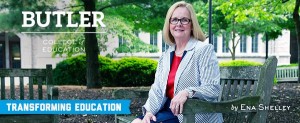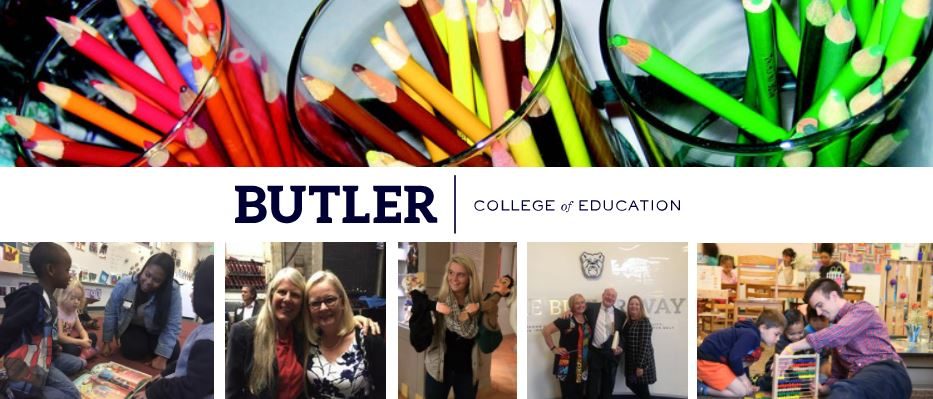
Give to every human being every right you claim for yourself.
Happiness is the only good. The time for happiness is now.
The place to be happy is here. The way to be happy is to make others so.
–Robert G. Ingersoll
Perhaps like me, you are concerned about many issues happening in our country and the greater world. The negativity, regardless of your political affiliation, may be wearing you down and fear about the future can easily consume you. As I began to write this month’s column, I pondered what I could possibly offer that would be of value and support. Ironically within two days of initiating my writing, I received email messages composed by two of my favorite authors and their shared topics were happiness and fear.
The two authors were Shawn Achor, author of The Happiness Advantage and Before Happiness: The 5 Hidden Keys to Achieving Success, Spreading Happiness, and Sustaining Positive Change, and Margaret (Meg) Wheatley, anthropologist and author of several books including Walk Out…Walk On. Meg begins with the importance of acknowledging fear, to be curious about it, to investigate it, and to engage directly with it. She wrote, “It is our curiosity that transforms fear. Most often, it dissolves into energy that we can work with.” Similarly, Shawn wrote, “Embedded within every stress is meaning. The best way to cope with stress is not to panic and flee from it, but rather to remember why there’s meaning involved.”
I would propose that directing our energy in a positive manner will enable us to not flee from the fear, but rather be energized with a renewed focus on the important work of being an educator and valuing education in our society. If we continue to strengthen the neural pathways of our brains with fear and negativity, we could become paralyzed by fear and unable to see hope, opportunities, and possibilities. Shawn reminds us of how practicing gratitude daily, offering genuine praise to others, and finding time for solitude helps our brains to rest and renew. He wrote, “When our brains are positive, we are better at solving world problems as well as personal ones. But more importantly, the pursuit of happiness should make us lose our fear of sadness. When we know we can create happiness and meaning in our life by changing our habits and mindset, we are more likely and able to face the things that make us sad in the world. It is also important for people to finally understand that the opposite of happiness is NOT sadness. The opposite of happiness is APATHY.”
I am energized on a daily basis by my College of Education colleagues, our bright and enthusiastic undergraduate and graduate students, and by the profound work I witness when I am in schools. I keep a gratitude journal and not one day goes by that I miss noting how grateful I am for my colleagues, my family, and for being given another day of life. I am working on rewiring my neural circuitry so that happiness and optimism are my most frequent lenses to see the world. And while I am working on my brain, I am thrilled that our students are learning about applied education neuroscience. One Butler: The Brain Project continues to thrive with nationally recognized speakers. On March 29, 10 brain sculptures will arrive on campus for a month-long exhibit. Each sculpture has been created to expand awareness of the differences in our brains due to factors such as aging or depression. Catherine Pangan and Susan Kleinman bravely faced the FEAR of creating this year-long project which had never been done at Butler. It has brought us great HAPPINESS and deepened our understanding of brain health.
On April 29, Dr. Lori Desautels will lead our first Education Neuroscience conference. There has never been a more significant time in the history of education to begin applying the research of neuroscience to our educational practices, assessments, and relationships. We are feeling creatures who think and emotional connection drives all that we employ within our schools, classrooms, and communities. In this Butler University Educational Neuroscience Symposium, we will explore the brain research beneath emotional regulation, the critical executive function skills of attention and engagement, and relationships. Educators, mental health professionals, parents, and students will leave this symposium with:
- Evidence-based tangible strategies for strengthening self-regulatory capacity essential for building self-reliance and adaptive functioning.
- A deeper understanding and framework of Attention Deficit Disorder and its implications in our schools.
- Resources, research, and an understanding that will support all educational practices, K-12 that teach and enhance frontal lobe executive functioning of the brain supporting teaching practices, leadership, and community engagement delving beneath student behaviors and words.
We sincerely hope you will join us for this important conference!
Finally, I would encourage you to join me on February 23 for Butler’s Annual Day of Giving. One of the ways we can tangibly move towards positive action is by giving to those causes that are making a difference. I can’t imagine a force that has the potential to do more good in the world than our next generation of educators.
I encourage you to face the fear, discover its meaning, and to be energized into positive action. Practice gratitude, keep focused on the things you can impact, and keep Robert Ingersoll’s quote in your pocket!
Until next month,
Dr. Ena Shelley
Dean, College of Education
